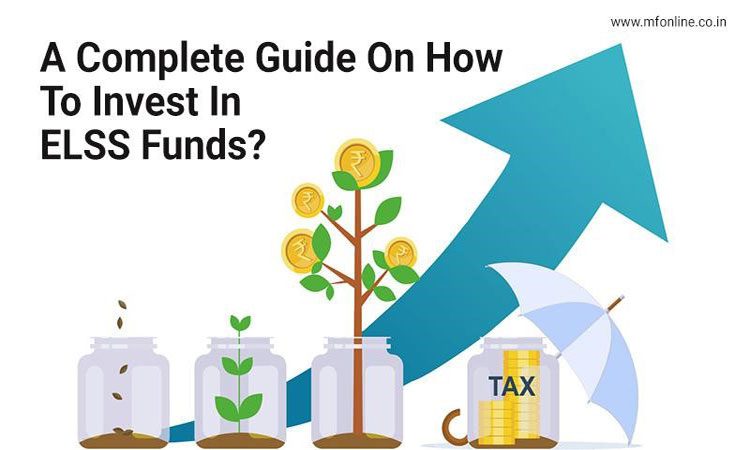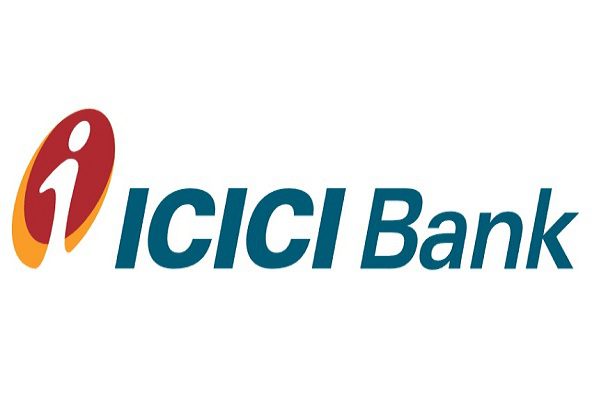Exchange-traded funds (ETFs) and mutual funds are both popular investment vehicles that offer investors a way to diversify their portfolios and potentially earn a return on their investment. However, there are some key differences between the two that investors should be aware of before deciding which type of investment is right for them.
What is an ETF?
An ETF is a basket of securities that trades on an exchange like a stock. ETFs can track a variety of indexes, such as the S&P 500 or the Dow Jones Industrial Average, or they can be more specialized, such as ETFs that track specific sectors of the economy or international markets.
What is a mutual fund?
A mutual fund is a type of investment company that pools money from investors and invests it in a portfolio of securities. Mutual funds can be actively managed, meaning that a professional fund manager makes decisions about which securities to buy and sell, or they can be passively managed, meaning that they track a specific index.

Key differences between ETFs and mutual funds
- Trading: ETFs trade on exchanges like stocks, while mutual funds can only be bought and sold at the end of the trading day. This means that ETFs can be traded more frequently and offer investors more flexibility.
- Fees: ETFs typically have lower fees than mutual funds. This is because ETFs are passively managed, while mutual funds are often actively managed.
- Minimum investment: ETFs typically have lower minimum investments than mutual funds. This makes them a good option for investors who are just starting out.
Which is right for you?
The best investment for you will depend on your individual circumstances and financial goals. If you are looking for an investment that is low-cost, flexible, and offers diversification, then an ETF may be a good option for you. If you are looking for an investment that is actively managed and has the potential to outperform the market, then a mutual fund may be a better choice.
Here is a table that summarizes the key differences between ETFs and mutual funds:
| Feature | ETF | Mutual fund |
| Trading | Trades on an exchange like a stock | Can only be bought and sold at the end of the trading day |
| Fees | Typically lower fees | Typically higher fees |
| Minimum investment | Typically lower minimum investment | Typically higher minimum investment |
| Management | Passively managed | Actively or passively managed |
How to choose an ETF or mutual fund
When choosing an ETF or mutual fund, there are a few factors you should consider:
- Investment objectives: What are your investment goals? Are you looking for an investment that will provide income, growth, or a combination of both?
- Risk tolerance: How much risk are you comfortable with? ETFs and mutual funds can vary in terms of risk.
- Fees and expenses: Compare the fees and expenses of different ETFs and mutual funds before you invest.
- Past performance: Consider the past performance of different ETFs and mutual funds, but keep in mind that past performance is not a guarantee of future results.
Conclusion
ETFs and mutual funds are both popular investment vehicles that offer investors a way to diversify their portfolios and potentially earn a return on their investment. However, there are some key differences between the two that investors should be aware of before deciding which type of investment is right for them.
If you are unsure which type of investment is right for you, it is a good idea to speak with a financial advisor. They can help you assess your investment needs and goals and choose the right type of investment for you.













